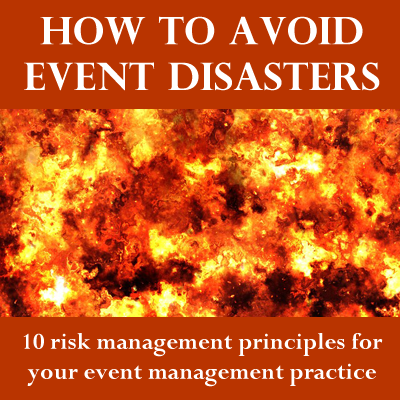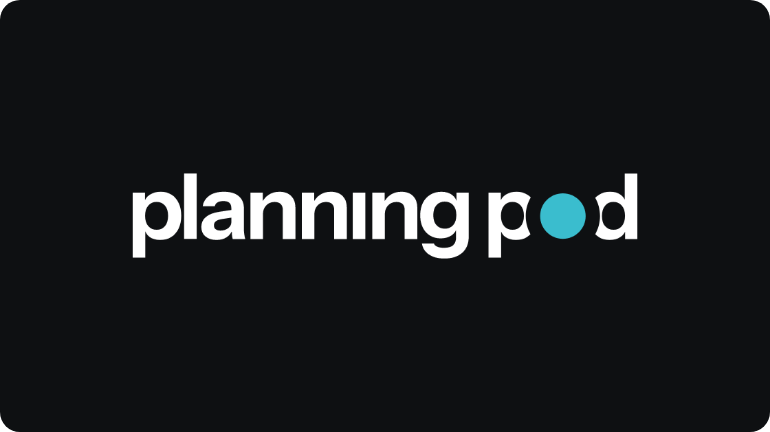1. Reducing risk is a team effort
Just as amazing events are not produced and pulled off by a single person, reducing risk is also a team endeavor. Each person has a set of responsibilities that must be clearly spelled out from the outset of the planning process. And one of those responsibilities is to look for potential flaws or issues and account for them in their preparations.2. Your team is only as strong as its weakest link
You may be great at seeing flaws in your plans and sniffing out potential disasters. But how about that intern who you put in charge of the entertainment and lighting? Or the new caterer you just hired because they were the low bid? You must be aware of where your weak links may potentially reside; give extra attention to these areas; and even create contingency plans in case those people or processes don't come through. And speaking of contingency plans...3. Build in redundancy and backups wherever possible
Every experienced event planner knows the value of backup plans. If you're managing an outdoor event, have a plan for inclement weather. If the keynote speaker is sick, have a backup in town who can more than adequately cover for them.Planning Pod can help you reduce risk for your events or venue by helping you create a streamlined system for your planning process and giving you and your team a place to collaborate, share insights and provide feedback. Try Planning Pod free for 14 days and see why thousands of event professionals use it every day.
You can even create redundancy in your planning processes, like backing up your event planning details online in case your computer crashes (shameless plug alert ... this is never an issue if you use Planning Pod) or having two or more co-workers check each other's work or be involved in planning important details.
4. Look for holes in your plans, systems and logic
A great point in one of Terry's risk management posts is about approaching your work with a healthy skepticism. Skepticism in this respect does not mean being negative or pessimistic. Rather, it means that you should be inquisitive and not accept simple answers. Asking lots of questions and digging deeper makes your team members will consider alternatives and reflect on their own assumptions and processes, which hopefully will mitigate risks. But it also gets you in the mode of being constantly on guard and reluctant to assume things will just go smoothly. They will only go smoothly once you have identified all the potential flaws in your event planning processes and systems and addressed them adequately.5. Set priorities and focus on high-risk items
Granted, in some cases it may not be feasible to create a backup plan for every little thing that can go wrong in an event. So it's also important in your event management processes to identify two types of items:- Those items that would cause the biggest impact if they were to go south. For example, spoiled food from a subpar caterer would be more detrimental to the success of an event than if the venue had dirty restrooms. Neither is desirable, but one is dramatically worse than the other; people won't remember the dirty bathrooms (and most guys won't even notice), but they will all remember getting sick on the bad shrimp at the Acme company picnic.
- Those items that are most likely to cause problems. The entertainment vendor that your client wanted but who is known to hit the bar one too many times before performing is a much higher risk than the stable DJ you have hired over and over again because of his reliability.








